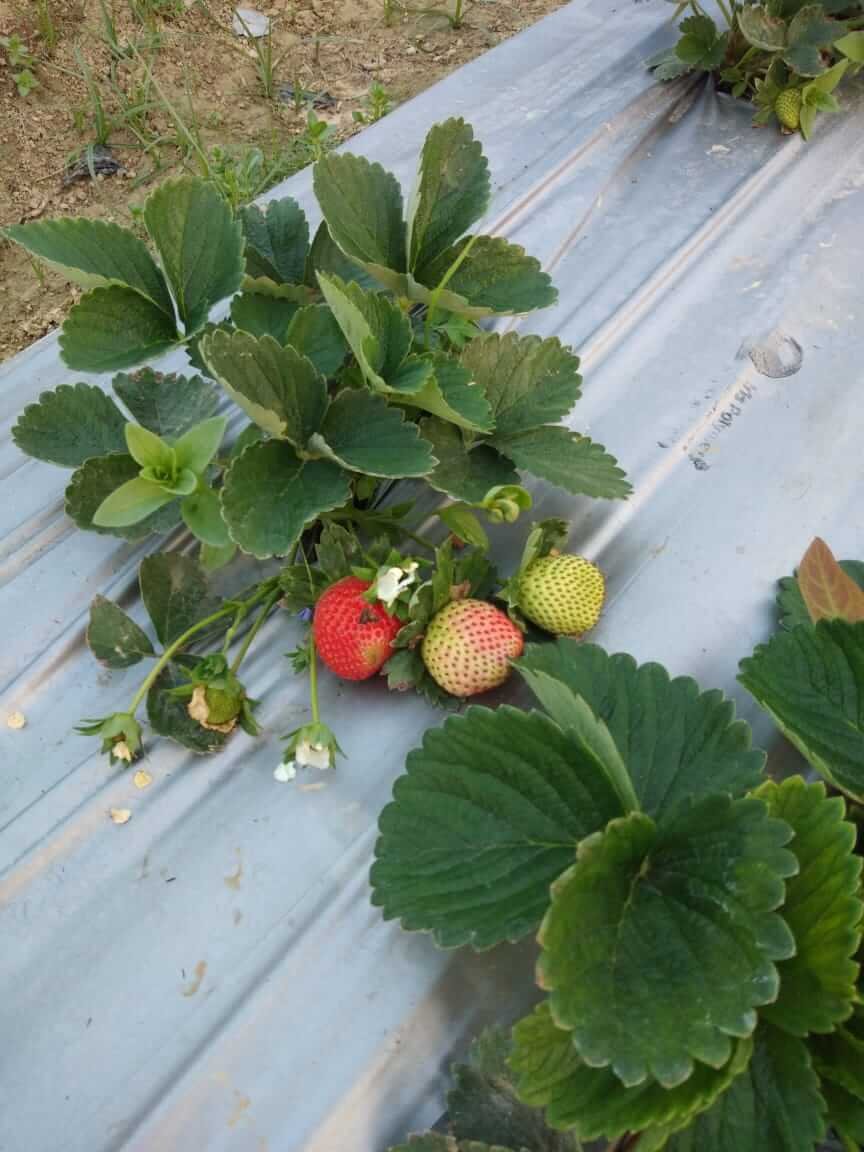Commercial & Organic Farming Consultancy
Commercial Farming is a type of farming that uses higher doses of modern inputs to achieve higher productivity, like high-yielding variety seeds, chemical fertilisers, insecticides and pesticides.
A plantation is a form of commercial farming where a single crop is cultivated in a wide area. With the assistance of migrant workers, plantations occupy huge areas of land, utilizing capital intensive inputs. In industries, all the produce is used as a raw material.
Characteristics of Commercial Farming
The crops in commercial farming are produced on a large scale, and grown in huge farms, using machinery, irrigation methods, chemical fertilizers, and other technologies.
The basic point of producing such products large scale is to have them exported to other regions or countries, where their demand is high.
- Large-scale Production
- It is Capital-intensive
- 3. The Use of High Yielding Varieties (HYV)
- It is produced for Sale
- Heavy Machinery and Human Labour
- In Most Cases, One Type of Agricultural Practice is done in a Large Area
- The Practice is traditionally done all Year Round
organic farming, agricultural system that uses ecologically based pest controls and biological fertilizers derived largely from animal and plant wastes and nitrogen-fixing cover crops. Modern organic farming was developed as a response to the environmental harm caused by the use of chemical pesticides and synthetic fertilizers in conventional agriculture, and it has numerous ecological benefits.
The key characteristics of organic farming include
- Protecting the long term fertility of soils by maintaining organic matter levels, encouraging soil biological activity, and careful mechanical intervention
- Providing crop nutrients indirectly using relatively insoluble nutrient sources which are made available to the plant by the action of soil micro-organisms
- Nitrogen self-sufficiency through the use of legumes and biological nitrogen fixation, as well as effective recycling of organic materials including crop residues and livestock manures
- Weed, disease and pest control relying primarily on crop rotations, natural predators, diversity, organic manuring, resistant varieties and limited (preferably minimal) thermal, biological and chemical intervention
- The extensive management of livestock, paying full regard to their evolutionary adaptations, behavioural needs and animal welfare issues with respect to nutrition, housing, health, breeding and rearing
- Careful attention to the impact of the farming system on the wider environment and the conservation of wildlife and natural habitats








